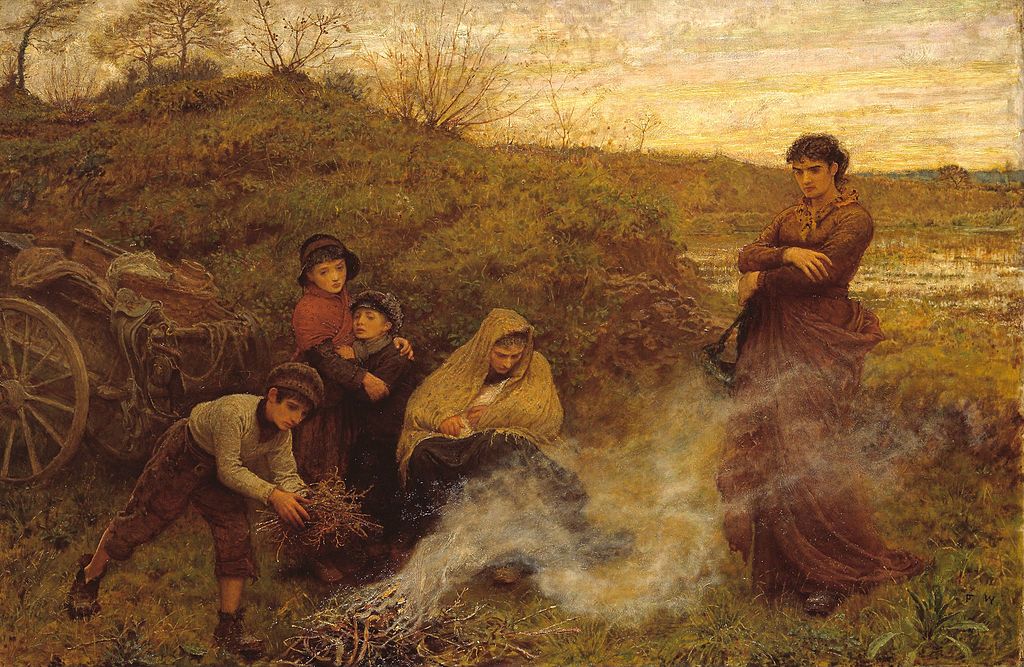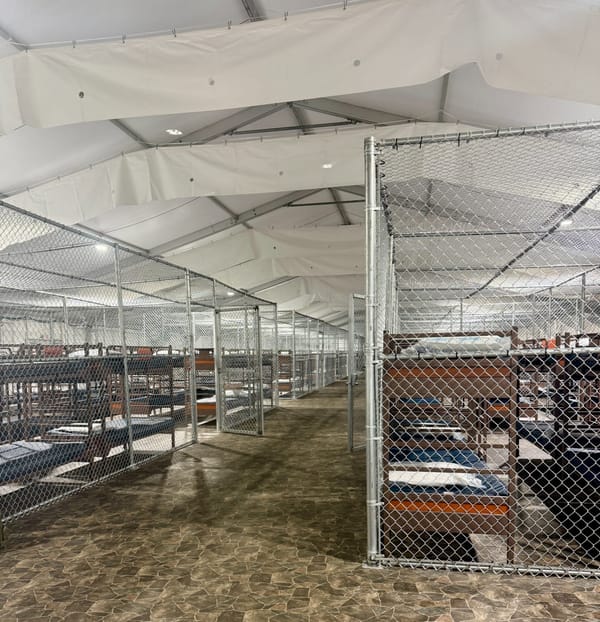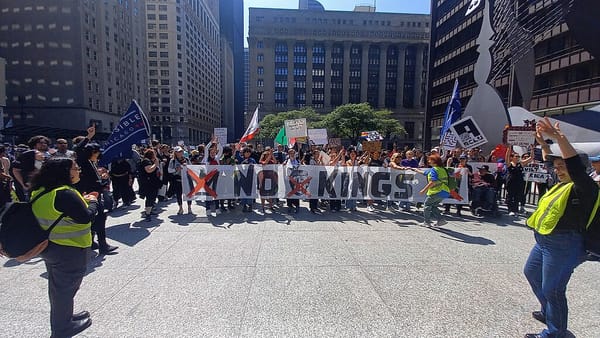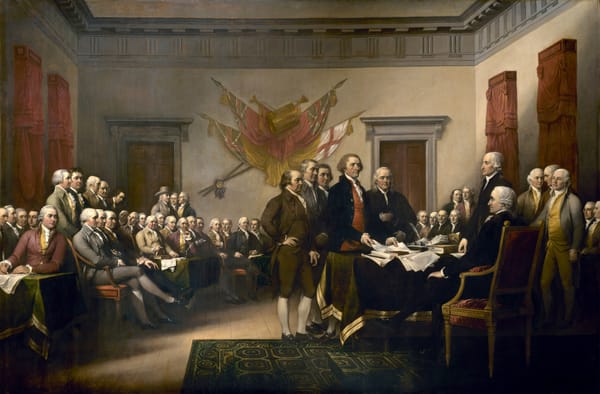Homeless and Helpless: The Most Susceptible Community to COVID-19 in America

American exceptionalism extends beyond its absolute wealth, into its absolutely atrocious homeless problem. While the USA does not have the greatest proportion of homeless people in the world, the isolation of these individuals is truly striking. The remarkable vulnerability of this population is evidence of the immorality of a society that does not stand behind its citizens’ health; the current administration is demonstrating itself incapable, as well as indifferent in its response to this emergency in its totality.
The tenuousness with which Americans have been forced to live with regard to their healthcare suggests the deep, massive impracticality in the economic, functional and moral arguments against universal healthcare.
Our current pandemic has exposed features of our system that will matter even more for the future contagions and pathogens awaiting us; while bright spots exist theoretically, they are practically overshadowed by an incompetent administration, lack of preparation as well as insufficient civilian and private sector responses on the whole to a truly vexing crisis.
COVID-19, the more-lethal member of a family which includes the common cold, at first appeared to prey primarily on the elderly and others individuals predisposed to illness via a compromised immune system are at the highest risk of death. Recent research suggests however, that young adults too are at risk of serious illness. While the young may or may not be covered by insurance, the elderly are; in America, in spite of the rash of nursing homes and hospices, elderly people are disproportionately some of the best protected and covered out of the nation’s populace; Medicare and social security ensures, in tandem, that senior citizens are better guarded from illness than many of their counterparts. While the elderly are cared for, another class is left to wallow in the streets and allies, without any medical aid or social concern.
While homeless individuals vary in age, many are older, fraught with preexisting conditions, and cohabitate known safe places for the homeless and indigent. The mixture of physical and mental health, malnourishment, consistent and invasive exposure and poor self maintenance is a markedly dangerous combination for any population to have en masse. The huge homeless populations of San Francisco, L0s Angeles, Las Vegas, Dallas, New York City, Houston, Miami and every small and large town in between are therefore, the most perfect incubators for COVID-19. It will not kill out of a unique deadliness compared to other famous afflictions of history, but for ill organization, poor preparation, and a bevy of susceptible victims. It did not have to be this way.
An innovative “bright spot” like the 1986 Emergency Medical Treatment and Active Labor Act (EMTALA) which can, in theory, provide testing for any indigent individual, should the condition be considered an “emergency”, has been made to include individuals who suspect they have COVID-19; what is the issue then? The lack of tests, of testing sites, as well as the absolute mass scale of the current endeavor; the currently reformed guidelines suggest that the procedures hospitals should follow post diagnosis are still very discretionary.
This is purposely ambiguous; with 924,100 hospital beds in America and an estimated 567,715 homeless people, helping the homeless and no one else would strain America’s medical infrastructure. Taking into account the rest of the population, hospitals would be inundated to bursting points nationwide. Meanwhile, America’s lack of a uniform medical infrastructure has demonstrated itself in other ways; while there are simply not enough beds in American hospitals to deal with the crisis, places for Americans to be quarantined from one another under medical circumstances will become still more difficult to find; California is a shining example of homelessness, innovation, ambition, as well as a lack of medical space and resources.
Creativity is a part of this particular innovation; in California’s instance, Governor Gavin Newsom and the state have had to procure motels and hotels to convert into medical space. While this deals explicitly with the homeless issue, it only highlights some of the other problems at every level. Giving the homeless shelter and medical care is crucial and yet, nearly impossible across the nation without a federally organized effort; California’s homeless issue is well written about but the lack of a uniform federal plan leaves this innovation as, once again, perhaps the only other bright spot in a dark landscape thus far.
Even in California however, questions are raised; If the homeless must go in trailers or private lodgings at the very start of this crisis, what of the humans who must be separated from their living circumstance as time progresses? How will that devolve as the crisis grows deeper and more treacherous? Where will the people go, and what will they have to survive with? Without Federal resources, the same protection will not be able to be afforded to either homeless or sheltered civilians in any state; that the federal government hesitates says as much practically as of its immorality. It speaks to a lack of resources and preparation at every level in dealing with such a catastrophic and historically potential circumstance.
Even the positive news from California highlights and speaks to the absolute strain our medical, state and federal infrastructures are under at this early juncture in the issue; unless the federal government steps up appropriately and with haste, the illness will outstrip even California’s resources. Even so, it may be too late to mitigate most of the damage, from most of the population; the Federal Government is allowing this strain by acting with a timidity reminiscent of Hoover in the midst of squalor. Under Donald Trump’s predecessor, America had a Pandemic Task Force; Trump disbanded this in 2018, federal medical budgets have been slashed yearly, and the whole nation is disjointed from one another. Each state is without question, fighting for itself even as the President’s administration bumbles through inadequate responses.
To put it in another manner, even minor innovations by the Trump Administration do not, nor can they, touch the most vulnerable amongst us. They do not and cannot because the administration which crafts them lacks both intimate knowledge, as well as the scope for understanding that knowledge; their understanding is superficial and extraordinarily limited at best. What they do know is contained to the specifics they are interested in, and so their ability to use federal government is extraordinarily weakened in a circumstance outside of their immediate control, or that area of interest; their “innovations” as the crisis has emerged demonstrate this.
Extending the range of testing is a start in a more egalitarian direction, but it does not do nearly enough; to this point, as well as the aforementioned, the Trump Administration proclaimed that they would have one million tests available last week, while little more than one thousand were actually utilized. This week, the nation continues to lag behind despite incentives and statewide innovations; it is consistently and incredibly underwhelming.
The President so far has attempted to leave himself as distanced from any of this as possible, but he will not escape the stain his ineptitude and indifference will leave upon America. No help can be given if the powers that be are dull, inefficient and recalcitrant in acting with the full power and vigor of the federal government; it is a very Hooverian circumstance for the President and breeds uncomfortable questions in regard to Donald Trump and his administration.
If the people who can afford insurance, or to be uninsured, are not able to get tested efficiently, then there is little hope that testing in the current manner can help people with far fewer resources. If the number of beds and quarantine quarters are insufficient for a population nearing 330 million people, those with means and the wherewithal will surely be granted the better areas while those without will be shipped to makeshift facilities; another area Donald Trump may look to the private sector to capitalize upon. When we take into account that the treatment itself will still be remarkably expensive, we see that more needs to be done to include all of the nation; people who can pay will not be the only ones to become ill; the homeless are at massive risk for more than a few reasons.
The homeless population does not often go into the doctors or hospital when they feel under the weather; they can hardly afford a trip to the convenience store. Mental and physical disabilities permeate many homeless communities which can lead to further mistrust and miscommunication; the rules for the homeless in need and medical institutions are a bit vague and left for interpretation.
EMTALA was not meant as a means to afford healthcare to those in need as much as it was meant to stop hospitals from simply refusing patients or dumping them once payment became an issue; in short, EMTALA is not a social welfare program but a moral welfare program. It makes sure that there is never the appearance of “blood on ones hands”; it does not cover that which is not deemed an “emergency” circumstance and therefore, leaves hospitals to determine what constitutes an “emergency” illness, condition or injury to certain degrees. So while homeless individuals may not necessarily trust this process routinely, the inefficiency reported across the nation so far during this circumstance, alongside the statistics of both resources and population, combine to paint a dreary portrait for the futures of those without the means or constitution for survival.
The notion that the homeless respond to illness as a more functioning member of the society does is incredibly out of touch with reality, as well as brazenly tactless towards their often deeply complicated circumstances. Simultaneously, the rest of society is directly affected as well; the population is inadequately curated and financially destabilized, business and greater economic function is compromised, all while pressure is exerted upon America and the existing, and wholly inadequate medical infrastructure of this nation.
What is the solution? To save ourselves, we must save ourselves; not just in the individual sense, but in the sense of humanity. Our livelihood depends on the livelihoods of others, a sick society does not function correctly, even if an individual’s life is markedly better than the sum of the whole. To believe that we can overcome any type of contagious, life threatening disease without trying to save those who cannot afford medicine is a death sentence to those afflicted and to the society as a whole.
The only way of protecting ourselves as a society as well as individuals is to consider offering healthcare universally; it is morally and epidemiologically bankrupt to allow members of one’s society to grow ill and remain untreated because they do not have the means for medicine. The list of disaffected peoples is growing and the remarkable breadth of this illness could change civilization with its scope and reach. Financial circumstance should not become a death sentence, and a moral willingness to pass such a sentence puts us all at risk.
Homeless men, women and children across the nation depend on our voices and empathy at this time as much as ever. Their circumstance proves both the immorality and practical dangers in allowing masses of unprotected humans to grow sick, infect others and subsequently die. Even if we get lucky this time around—an outcome that gets less likely by the day—the butcher’s bill will surely come due one day, should we persist on this path of cold indifference.
Featured image is The Vagrants, by Frederick Walker




